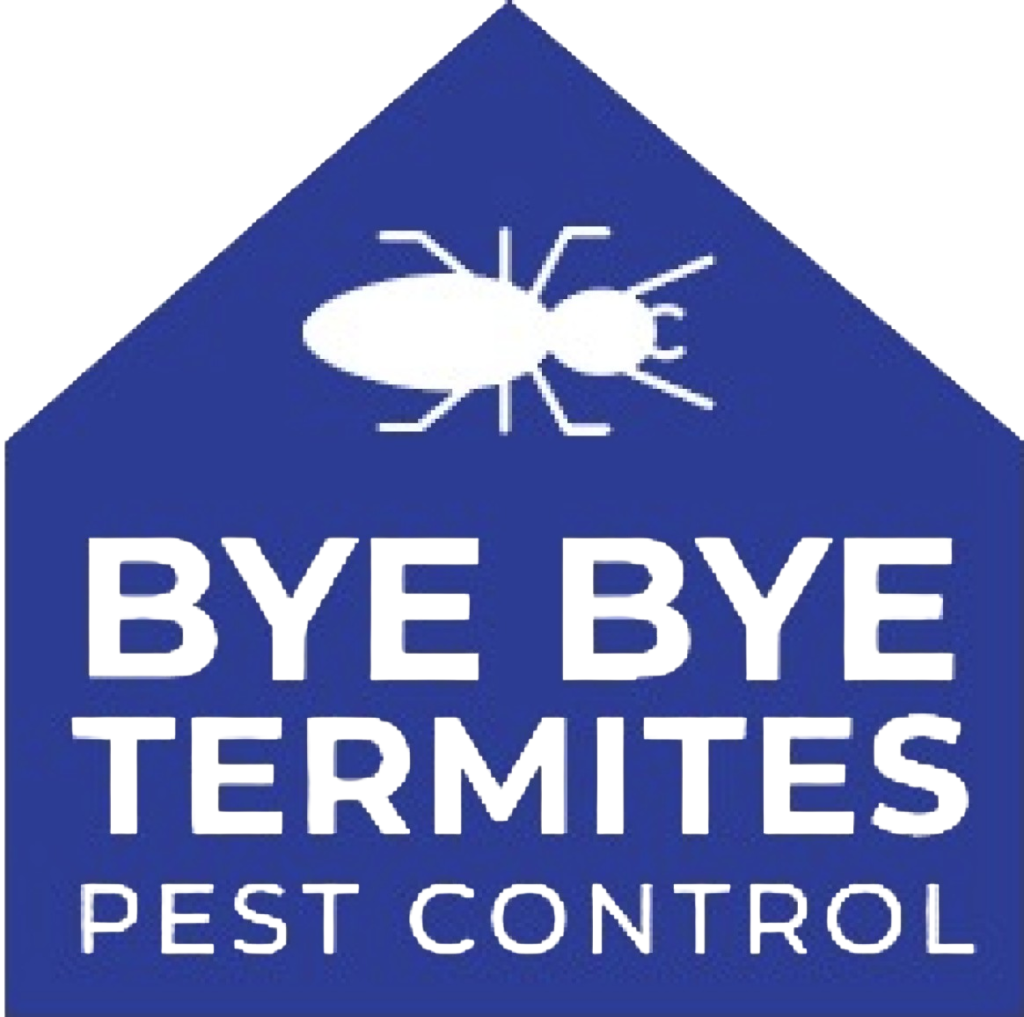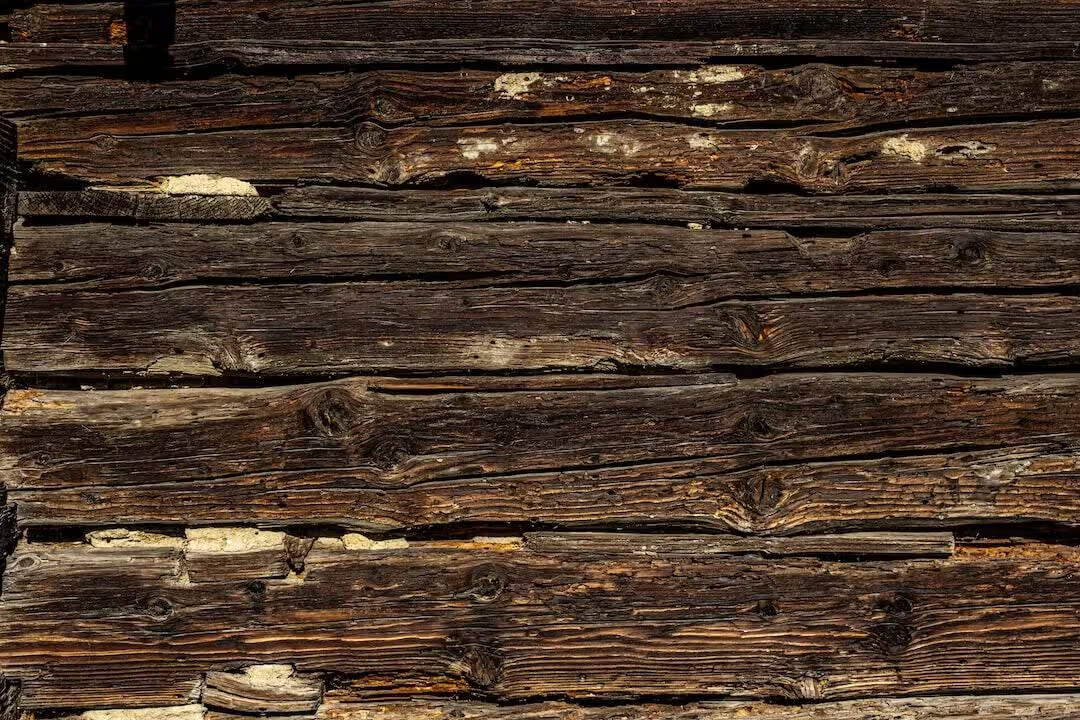Did you know that termites cause over $5 billion in property damage each year in the U.S.? That’s why termite control is so important, especially during termite control season.
So what are the signs to look for, and what kind of preventative measures can you take?
Join us as we answer these questions and more. We’ll also look into various termite control methods and long-term management.
Signs of Termite Infestation
Spotting termites early can save you from significant damage and costly repairs. One of the most obvious signs is the presence of mud tubes.
Subterranean termites build these tubes to travel from their nest to a food source. They’re usually found along the foundation of a home or on walls.
Damaged wood is another indicator of a termite problem. Termites eat wood from the inside out, leaving a thin veneer on the surface.
Tap on wood surfaces and listen for a hollow sound. If the wood is soft or breaks easily, termites may be present.
You might also find discarded wings near windowsills, doors, or other entry points. These wings are left behind by swarmers, which are reproductive termites looking to start new colonies. Swarmers usually appear in spring or early summer, especially after rain.
Another sign of infestation is frass, which is termite droppings. Drywood termites push these small, pellet-like droppings out of their galleries. You may find frass near infested wood or on surfaces below it.
And listen for clicking sounds coming from the walls. Soldier termites bang their heads against the wood to signal danger to the colony. These sounds can be faint but may indicate a significant infestation.
Termite Inspection
Regular termite inspections are a key part of keeping your home safe from these pests. You can do a basic inspection yourself, but hiring a professional is often the best option. Professionals have the experience and tools to spot termites that you might miss.
When doing a DIY inspection, start by checking the foundation of your home. Look for mud tubes, which termites use to travel from their nests to food sources.
Inspect wooden structures, especially in basements and crawl spaces, for signs of damage. Tap on wood and listen for a hollow sound, which can indicate internal damage.
Professional termite inspections are more thorough. Experts use specialized tools like moisture meters, which detect areas of high moisture that attract termites.
They also use infrared cameras to find termites hidden behind walls. Professionals can identify not only current infestations but also conditions that might lead to future problems.
During a professional inspection, the inspector will examine both the interior and exterior of your home. They’ll check areas where termites are likely to enter and nest, such as around the foundation, windows, and doors. They’ll also inspect attics and crawl spaces where termites might go unnoticed.
Regular inspections are especially important in areas like South Florida, where the climate is perfect for termites. Scheduling an annual inspection can catch termite activity early, saving you from costly repairs. Remember, the earlier you catch a problem, the easier it is to handle.
Termite Prevention Strategies
Preventing termites is easier and less expensive than dealing with an infestation. Start by controlling moisture around your home, as termites thrive in damp environments.
Fix any leaks in your plumbing and ensure that your gutters and downspouts direct water away from the foundation. Use dehumidifiers in damp areas like basements and crawl spaces.
Another effective strategy is to use termite-resistant building materials. When constructing or renovating your home, consider materials like concrete, steel, and pressure-treated wood.
These materials are less appealing to termites and can help create a barrier against infestations. Regular maintenance is also key in preventing termites. Seal any cracks or gaps in your home’s foundation, walls, and roof.
This reduces the entry points for termites. Keep an eye on wooden structures, and replace any damaged or decaying wood promptly.
Other Prevention Strategies
Landscaping choices can also influence termite activity. Keep woodpiles, mulch, and other organic materials away from your home. These items can attract termites and provide easy access to your house.
Instead, use gravel or other inorganic materials near your foundation. Trim back any vegetation that touches your home, as termites can use these as bridges to enter.
Maintaining a clean and clutter-free yard helps, too. Remove dead trees, stumps, and roots, which can serve as food sources for termites.
Installing physical barriers is another way to prevent termites. Stainless steel mesh and sand barriers can be effective in stopping subterranean termites from entering your home.
Incorporating chemical treatments into your prevention plan can provide added protection. Soil-applied liquid termiticides create a treated zone around your home, repelling termites and killing those that come into contact with the chemicals. Wood treatments, like borate sprays, can also be applied to wooden structures to make them less appealing to termites.
Termite Control Methods
There are several termite control methods available, each with its advantages and limitations. One of the most common methods is the use of soil-applied liquid termiticides.
These chemicals create a barrier in the soil around the foundation of your home, killing termites that come into contact with it. This method is effective for subterranean termites, as it targets them where they live and travel.
Another popular option is termite baiting systems. These systems use bait stations placed around the perimeter of your home. The bait contains a substance that termites find attractive and toxic.
As termites feed on the bait and carry it back to their colony, it spreads the poison, eventually killing the entire colony. Baiting systems can be very effective but require regular monitoring and maintenance to ensure they remain functional.
Other Treatment Options
Wood treatments are another method used to protect your home from termites. These treatments involve applying chemicals directly to wooden structures, making them less appealing to termites.
Borate treatments are common for this purpose. They penetrate the wood and provide long-lasting protection. This method is particularly useful during the construction or renovation of a home, as it can be applied to new wood before it is installed.
For a more environmentally friendly approach, some homeowners opt for biological control methods. This involves using natural predators of termites, such as nematodes, to control termite populations.
Nematodes are tiny worms that can be introduced into the soil around your home. They hunt and kill termites, providing a natural and chemical-free way to manage infestations. While this method is less commonly used, it can be a good option for those looking to avoid chemical treatments.
Physical barriers are another effective method of termite control. Installing barriers like stainless steel mesh or sand can prevent termites from entering your home.
These barriers are placed around the foundation and other potential entry points, creating a physical obstacle that termites cannot penetrate. Physical barriers can be very effective, especially when used in conjunction with other control methods.
Professional Termite Control
Hiring professional termite control services can offer peace of mind and effective solutions. Professionals have the expertise and tools to deal with infestations thoroughly. They can identify the type of termites, the extent of the damage, and the best methods to eliminate them.
One of the most common professional methods is termite tenting, also known as fumigation. This process involves covering the entire house with a tent and filling it with gas that kills termites.
Tenting is highly effective for drywood termites and ensures that all termites, including those hidden deep within the structure, are eradicated. It typically takes a few days, and you must vacate your home during the process.
Another method used by professionals is localized treatments. These are ideal for smaller infestations or as a follow-up after a larger treatment.
Localized treatments involve applying chemicals directly to the affected areas, targeting termites where they are most active. This approach minimizes disruption and can be very effective when the infestation is not widespread.
Professional services often include regular inspections and maintenance plans. These plans help ensure that your home remains termite-free after the initial treatment.
Inspections
Regular inspections can catch any new activity early, preventing future infestations. Maintenance plans may also include preventative treatments to keep termites at bay.
Choosing a reliable termite control company is important. Look for companies with good reviews and proper licensing. Experienced professionals will provide a detailed inspection report and a clear treatment plan. They should explain the methods they will use and why they are suitable for your situation.
In South Florida, professional termite control is especially important due to the high risk of infestations. The warm, humid climate is perfect for termites, making regular inspections and treatments necessary. By working with professionals, you can ensure that your home is protected from these destructive pests.
Prevent Termite Damage in South Florida!
As you can see, effective termite control is vital for maintaining a safe home.
Bye Bye Termites Pest Control has proudly served South Florida as a top choice for residential and commercial pest management needs. Our only goal is to help our clients keep their property safe and pest-free. We offer a comprehensive range of services tailored to your specific needs.
Get in touch with us today to find out how we can help with your termite issue!


